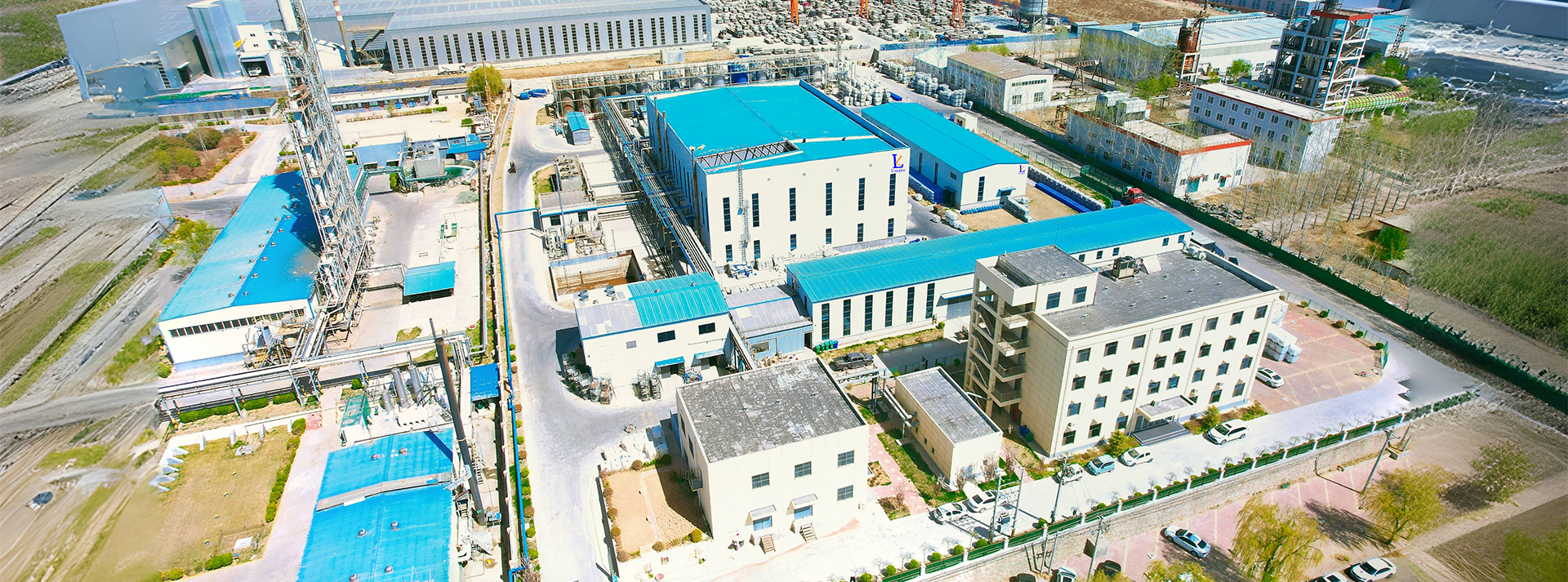Safety and Handling Information for Polyaluiminium Chloride Material Data Sheet
Polyaluminum Chloride (PAC) Understanding Its Safety Data Sheet
Polyaluminum chloride (PAC) is a versatile chemical compound widely used in water treatment, papermaking, and various industrial processes. Its effectiveness as a coagulant makes it an essential ingredient in the purification of drinking water and wastewater treatment. However, like all chemicals, it is crucial to handle PAC with care and awareness of its safety aspects, which are outlined in its Material Safety Data Sheet (MSDS).
What is Polyaluminum Chloride?
Polyaluminum chloride is a compound of aluminum that contains multiple hydroxyl groups. It is primarily used for its coagulating properties, making it particularly useful in clarifying water by promoting the aggregation of impurities which can then be easily removed. PAC is favored for its effectiveness in a wide range of pH levels and its ability to function in both small and large-scale operations.
Chemical Composition and Properties
The chemical formula for polyaluminum chloride varies due to its complex structure, but it generally includes aluminum, chlorine, and water molecules. PAC appears as a white powder or liquid and is highly soluble in water, forming a colloidal suspension. The precise formulation can vary based on the manufacturer, but its properties remain largely the same, providing consistent performance in its applications.
Health and Safety Considerations
When handling PAC, it is imperative to adhere to the guidelines provided in the MSDS. Below are some key safety considerations
1. Hazard Identification The MSDS classifies PAC as a low hazard substance. However, exposure to dust, mist, or its solution can lead to irritation of the eyes, skin, and respiratory tract. Therefore, proper personal protective equipment (PPE) such as safety goggles, gloves, and masks should be worn.
polyaluminum chloride msds

2. First Aid Measures In case of exposure, immediate action should be taken. For eye contact, rinse thoroughly with water for at least 15 minutes and seek medical attention. If skin irritation occurs, wash the affected area with soap and water, and if symptoms persist, consult a physician. Inhalation of PAC dust can lead to respiratory irritation, requiring fresh air and medical attention if symptoms are severe.
3. Fire Fighting Measures PAC is not flammable, but in the event of a fire, appropriate extinguishing media like water spray, dry chemical, or foam should be used. It is important to avoid inhaling combustion products, as they may pose additional health risks.
4. Accidental Release Measures In case of a spill, it is essential to contain the material and avoid its release into the environment. Use appropriate tools to collect the spilled material, and dispose of it according to local regulations. Clean the area thoroughly after the material has been removed.
5. Storage and Handling PAC should be stored in a cool, dry place, away from incompatible substances. Containers should be kept tightly closed when not in use, and employees should be trained in safe handling procedures to minimize the risk of exposure.
Environmental Impact
PAC is often favored in environmental applications, particularly in water treatment, due to its efficacy. However, the environmental impact must be considered, particularly regarding the disposal of PAC by-products. It is vital for organizations to comply with local regulatory standards concerning the release and treatment of waste generated from PAC usage.
Conclusion
Polyaluminum chloride is an essential chemical in many industrial and municipal applications, particularly for water treatment. While it presents numerous benefits, understanding and following the safety protocols outlined in its MSDS is crucial for ensuring safe handling and minimizing health risks. Awareness of its properties, safe handling procedures, and environmental considerations will promote a responsible approach to using PAC in various applications, ultimately contributing to safer environments and better public health outcomes.
-
Understanding Polycarboxylic Acids: Properties, Applications, and Future PotentialNewsJul.28,2025
-
Scale Inhibitor Explained: How to Protect Your System from Limescale and Hard Water DamageNewsJul.28,2025
-
Scale and Corrosion Inhibitors: Essential Chemicals for Industrial Water System ProtectionNewsJul.28,2025
-
Polyaspartic Acid: A Biodegradable Polymer for Sustainable ChemistryNewsJul.28,2025
-
Isothiazolinones: A Versatile Antimicrobial Class with Industrial Power and Regulatory ChallengesNewsJul.28,2025
-
A Deep Dive into 2-Phosphonobutane-1,2,4-Tricarboxylic Acid (PBTC)NewsJul.28,2025





